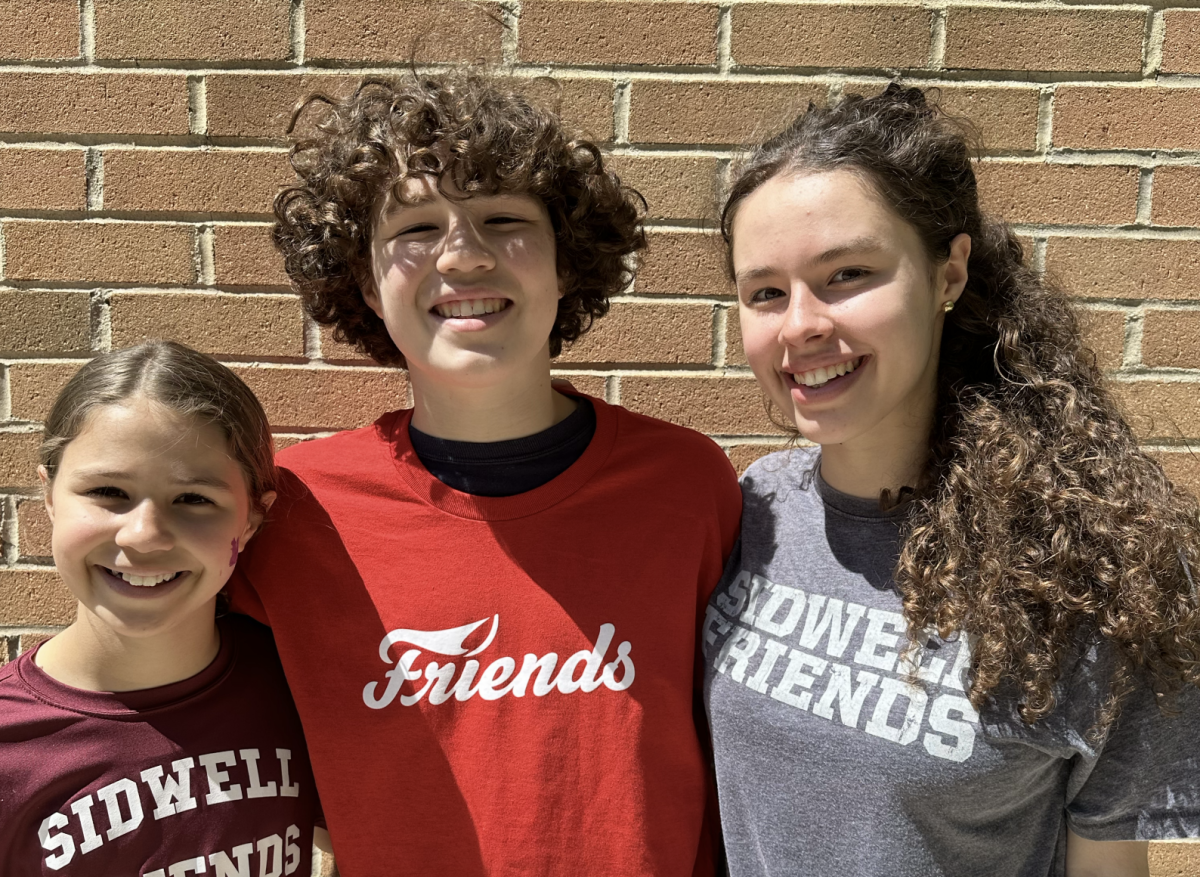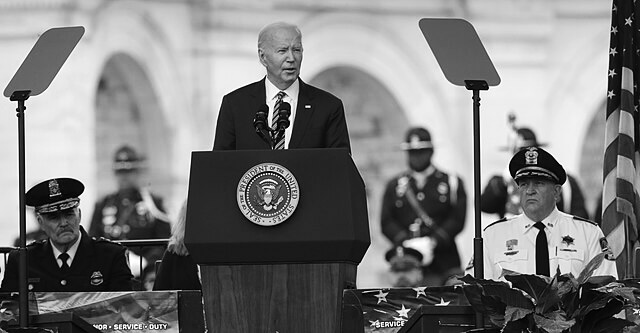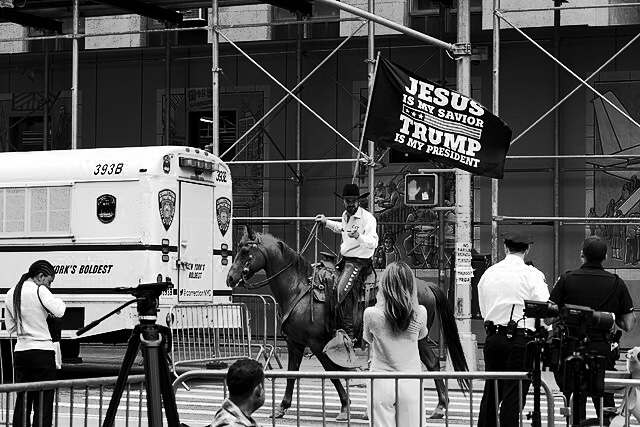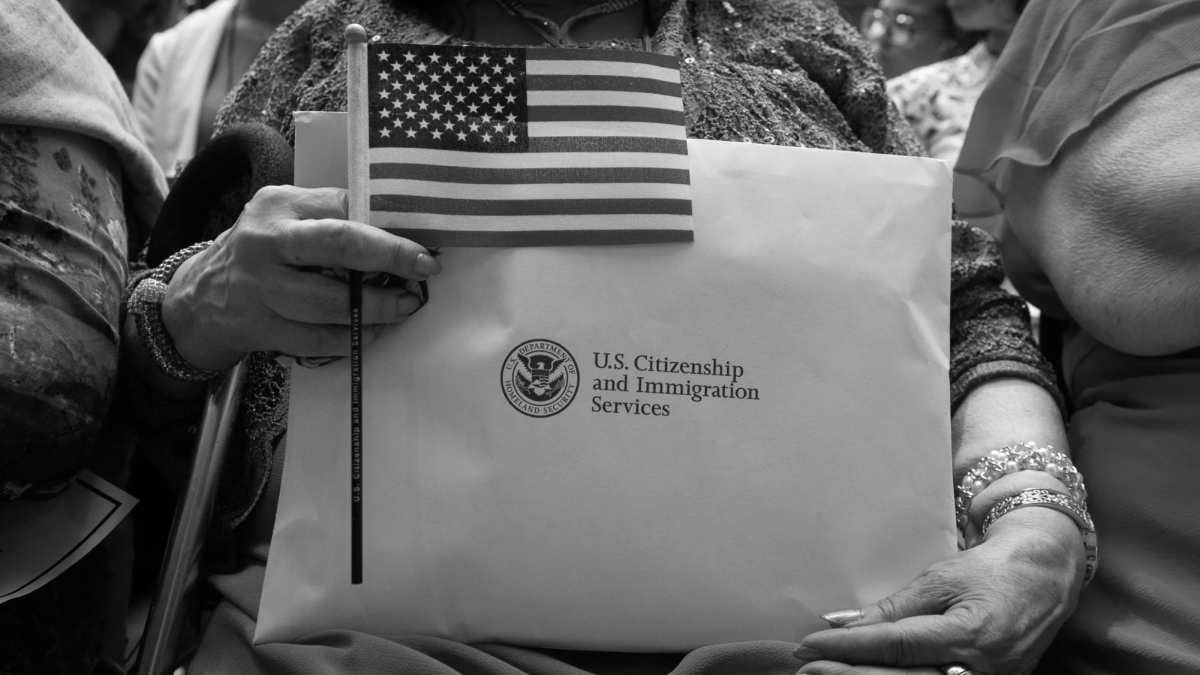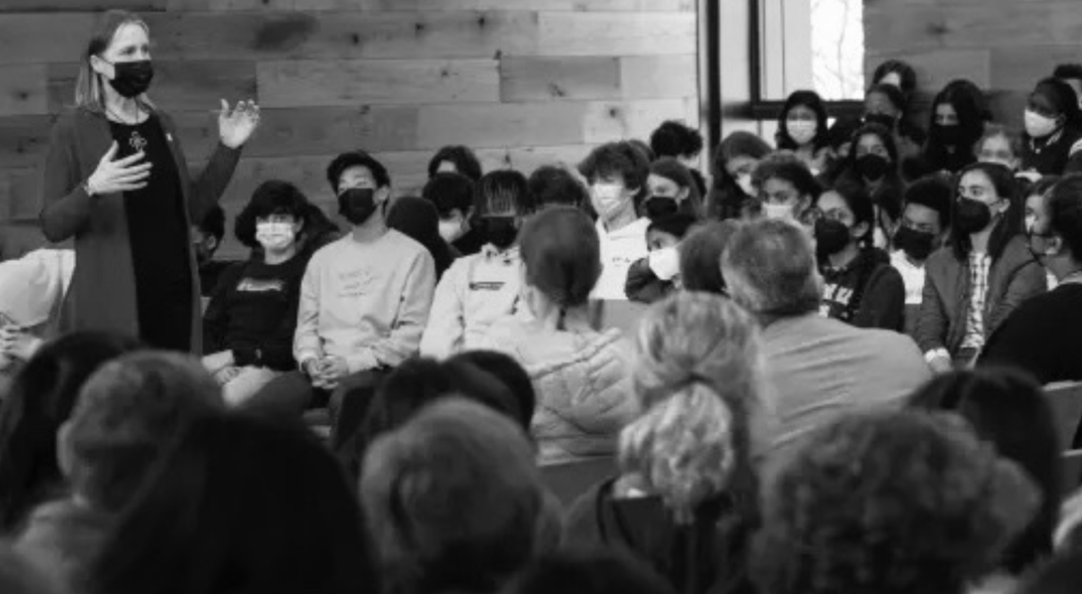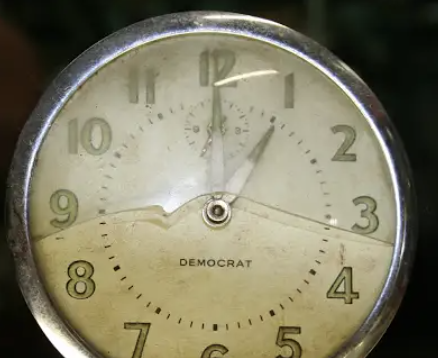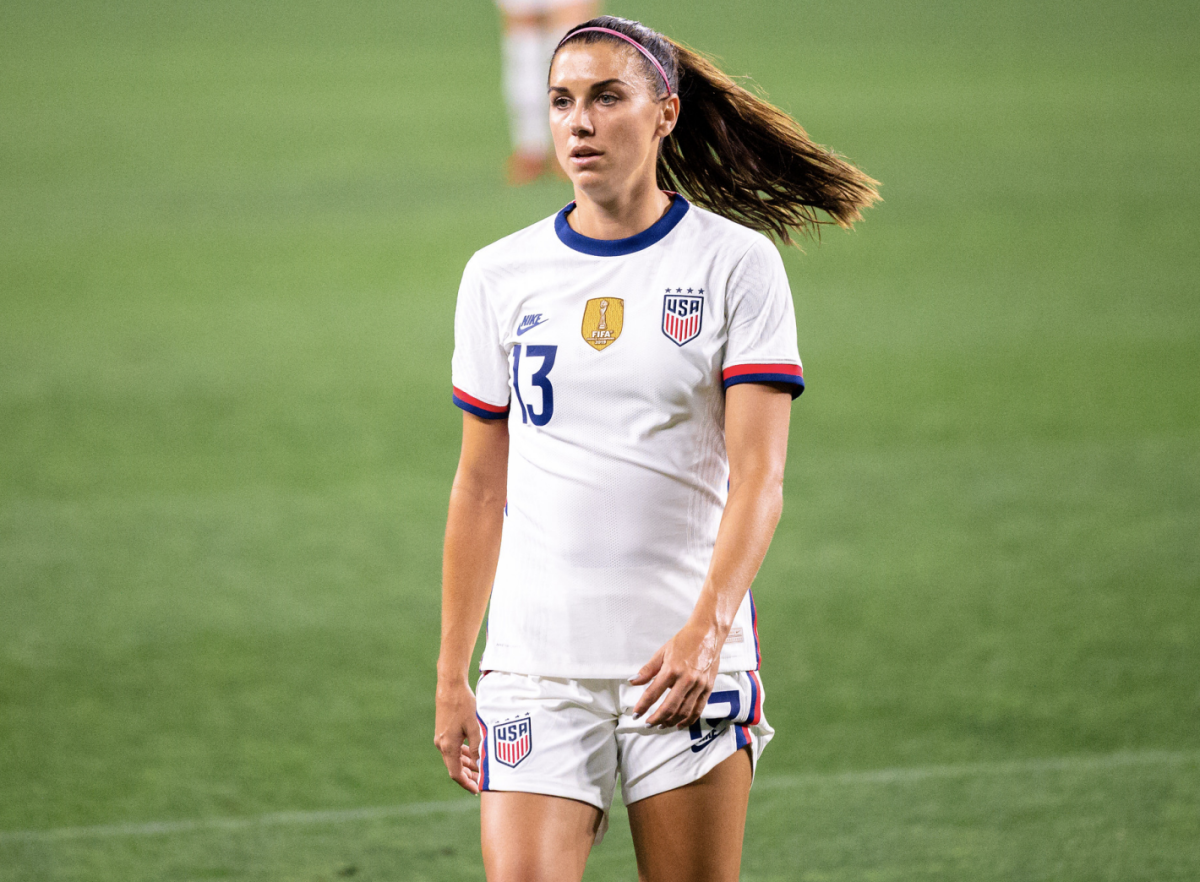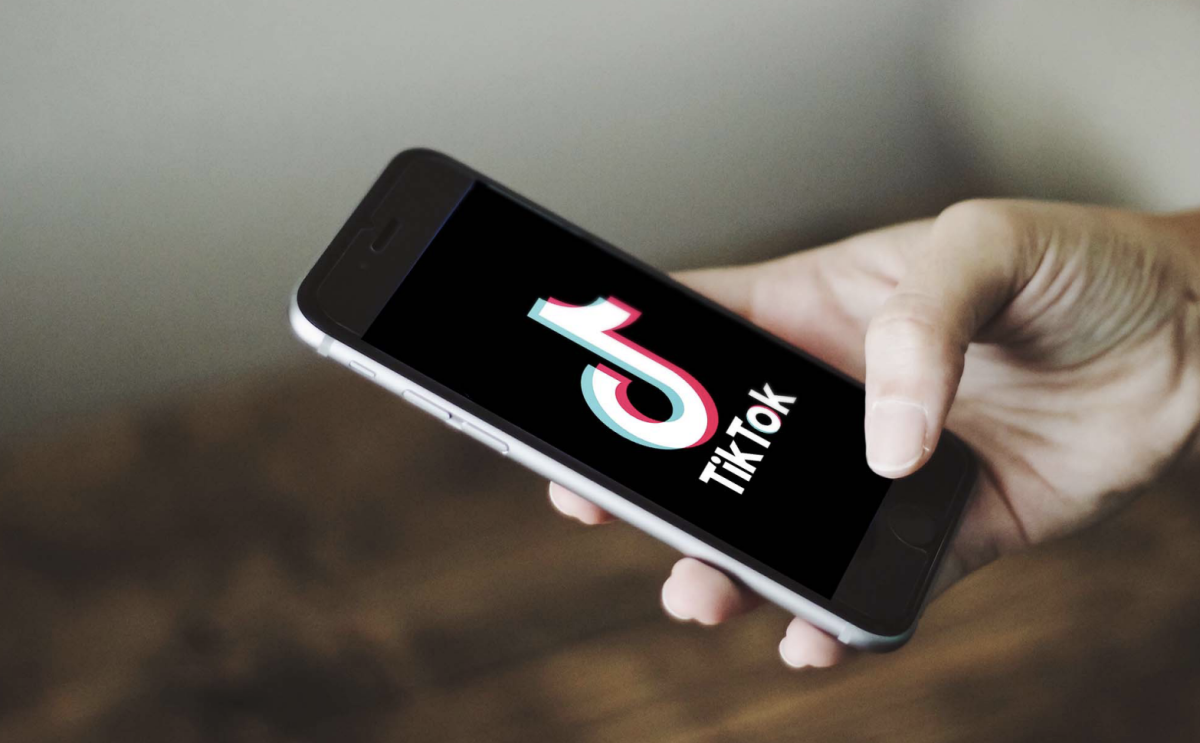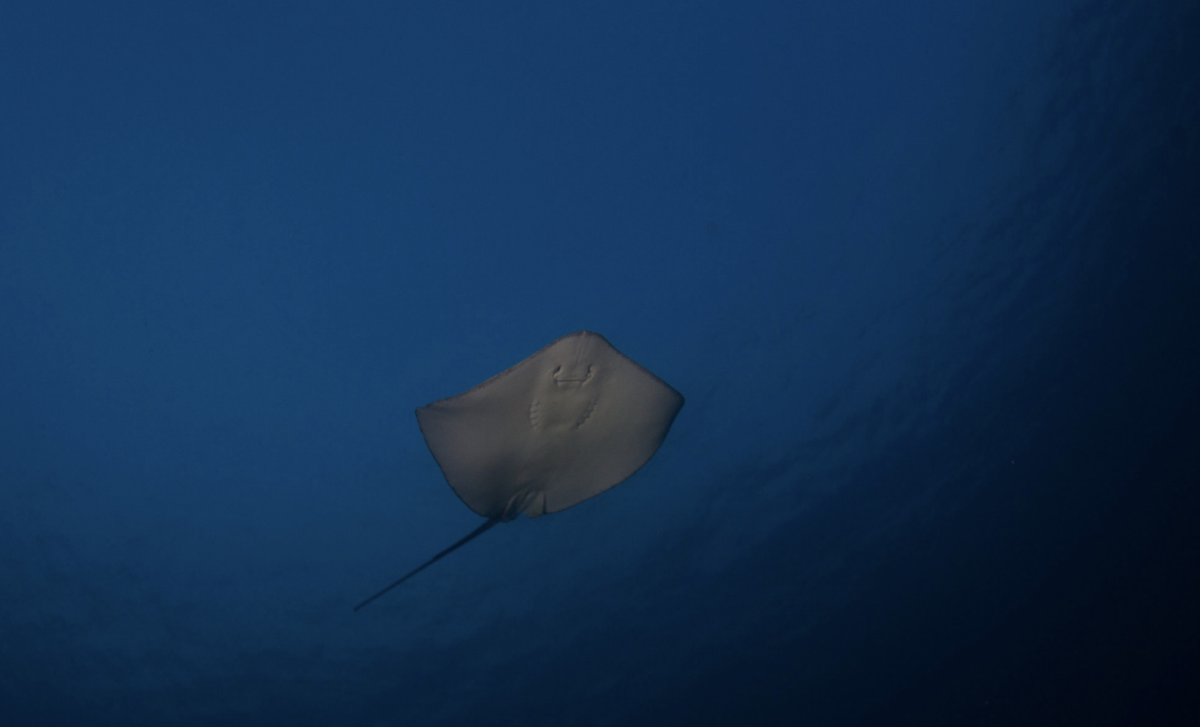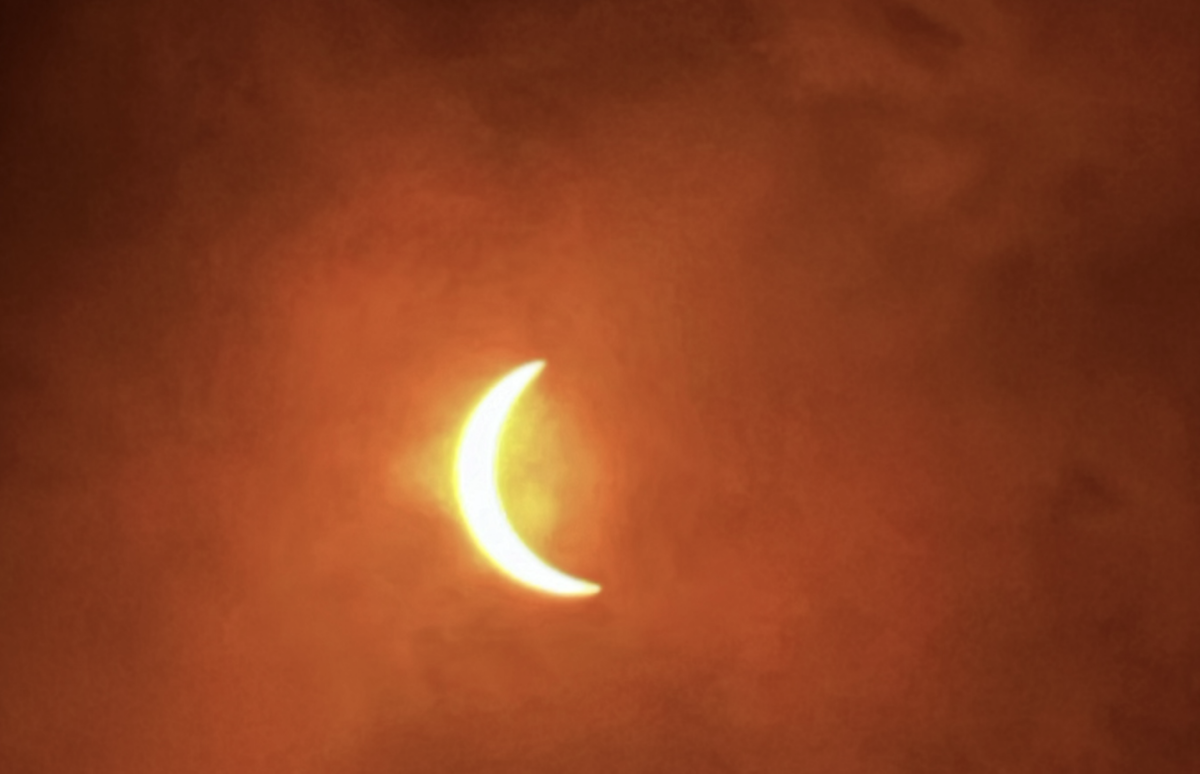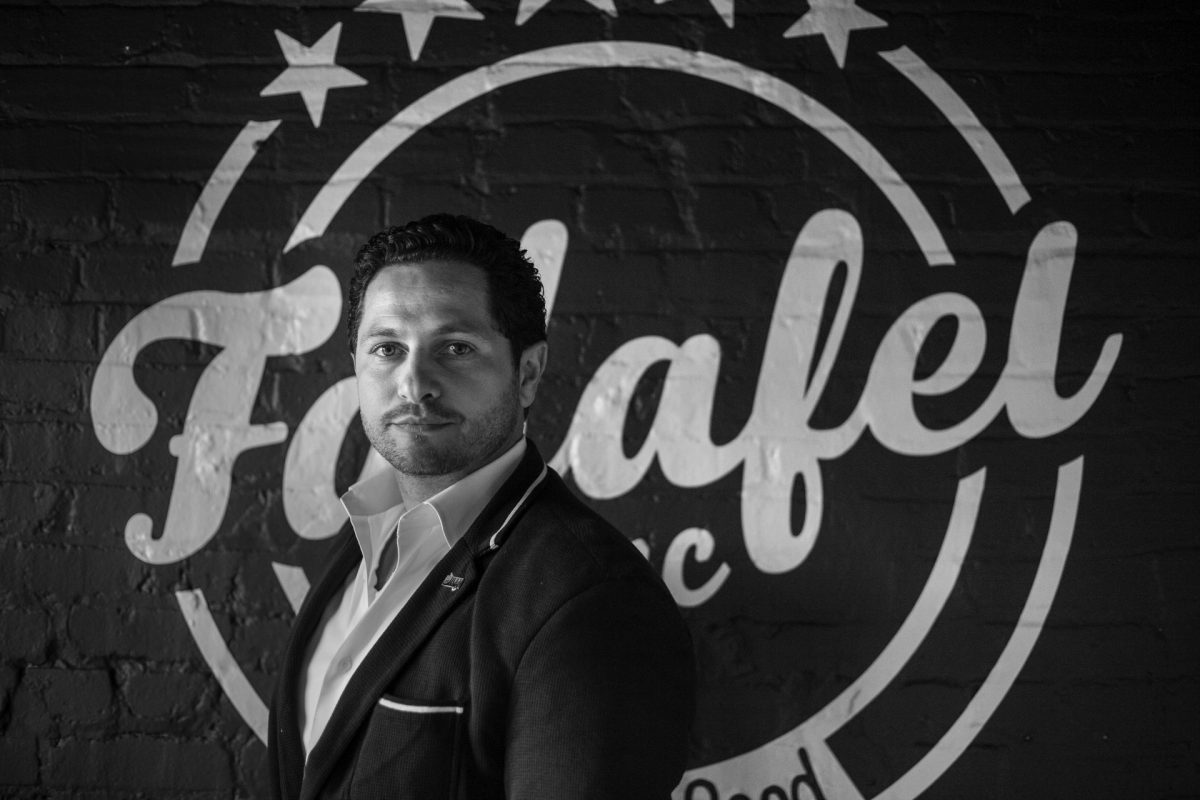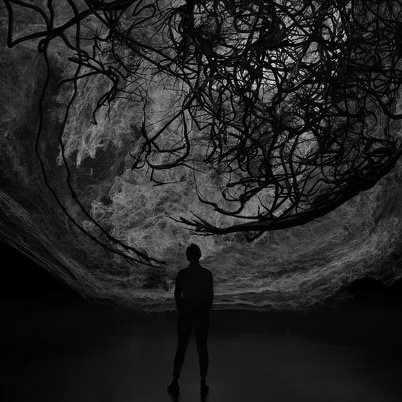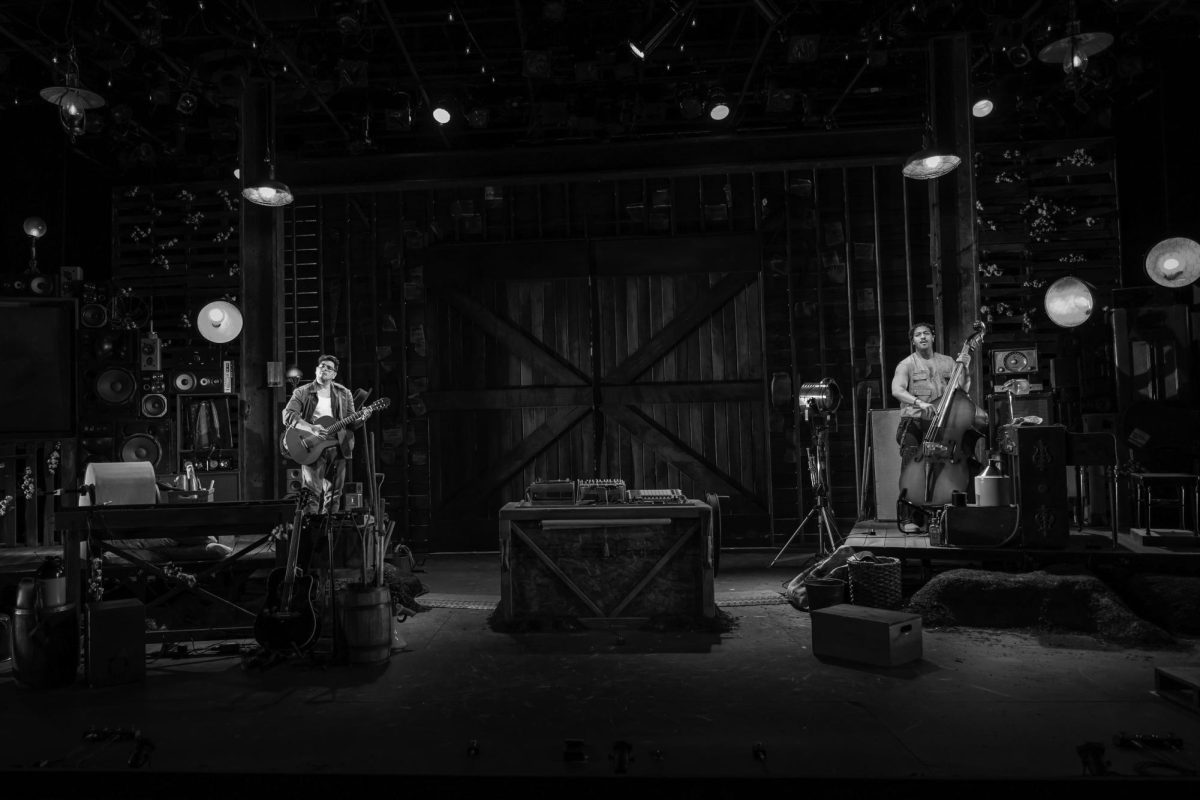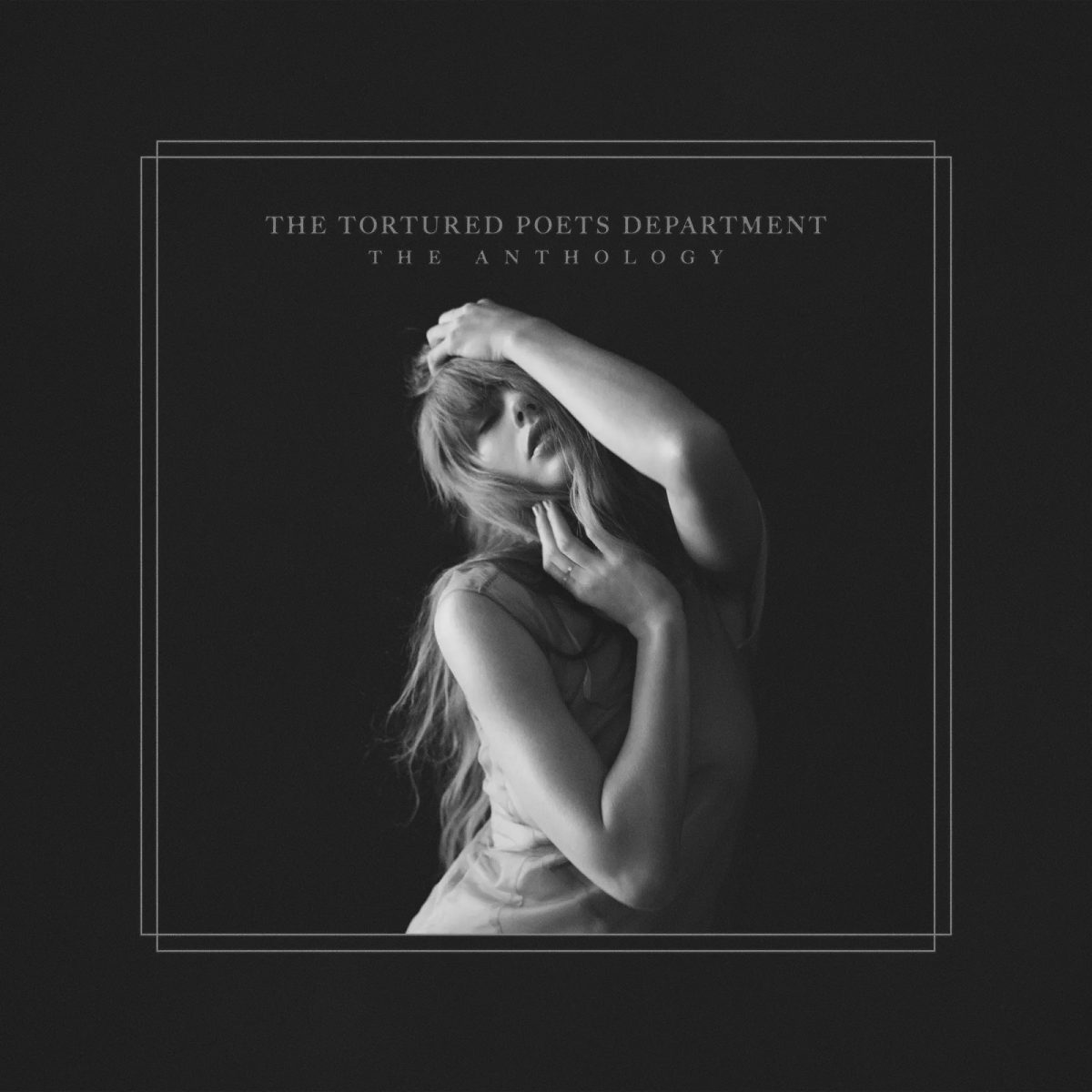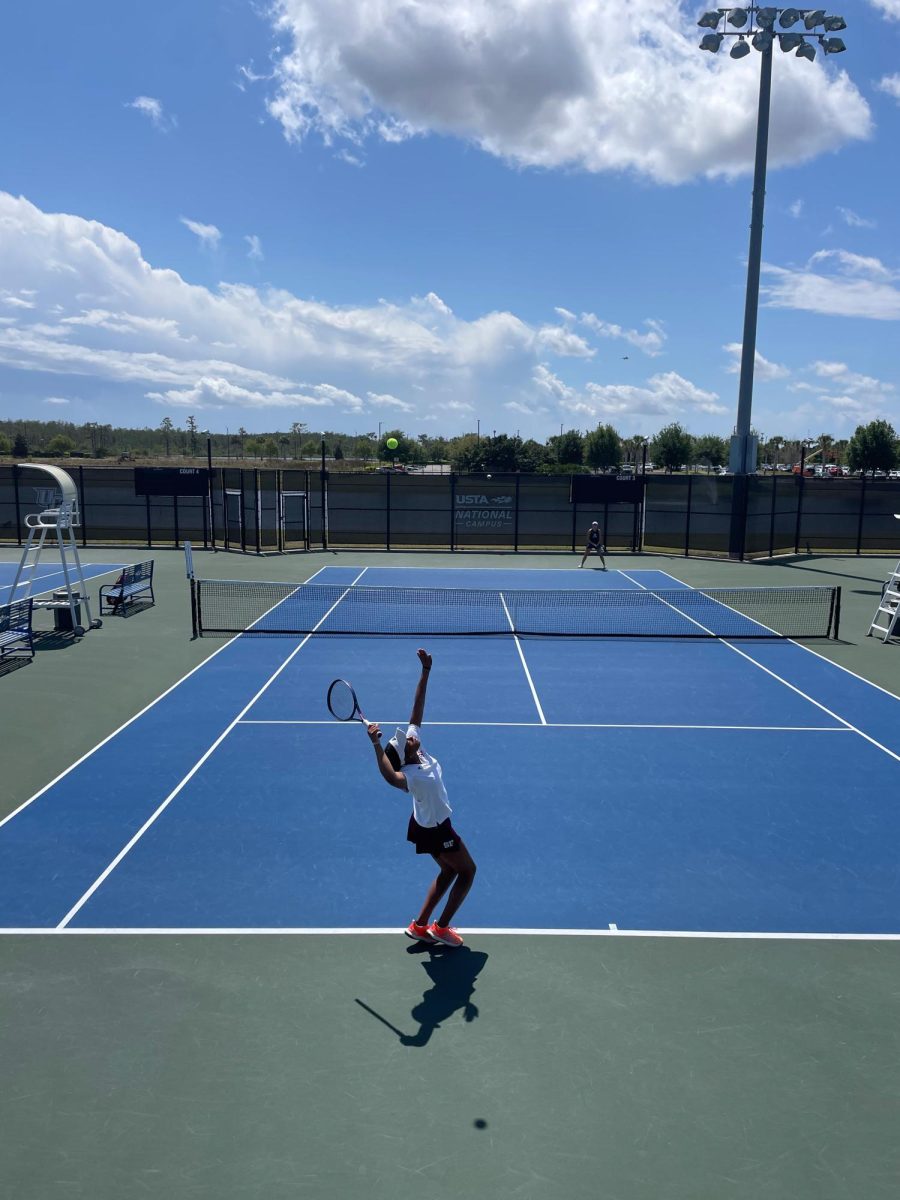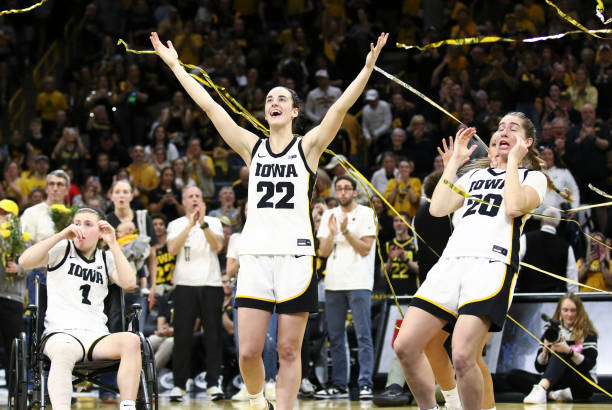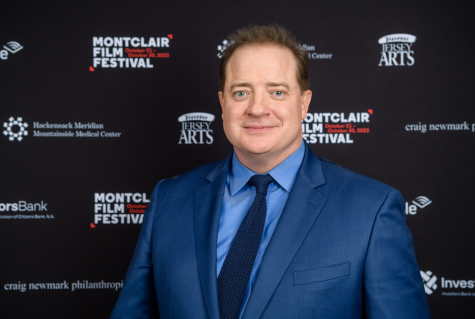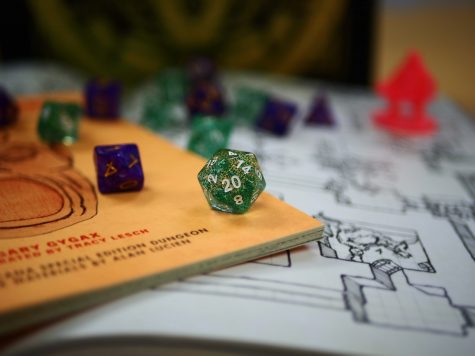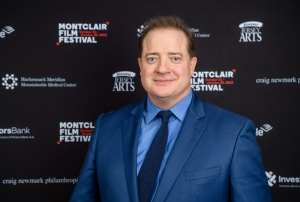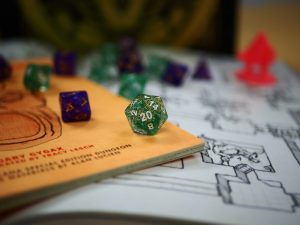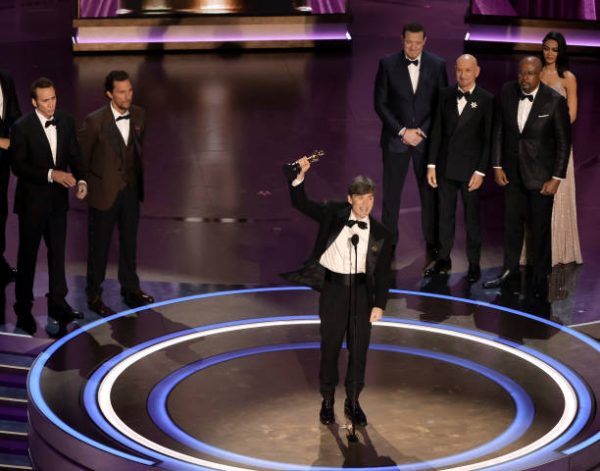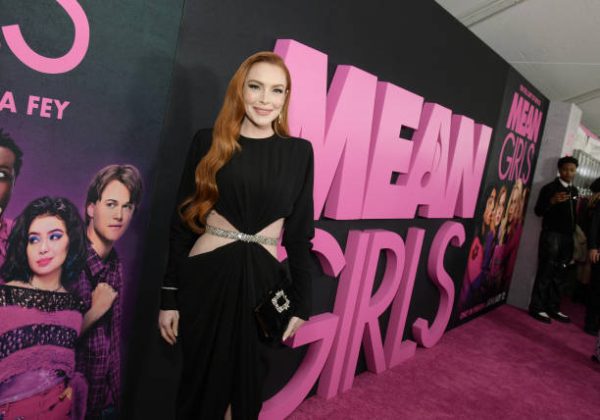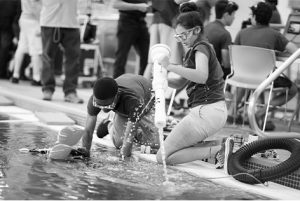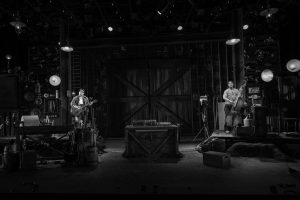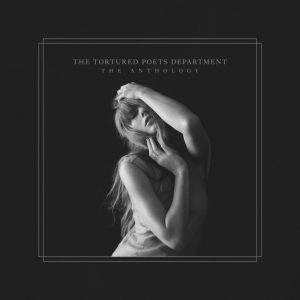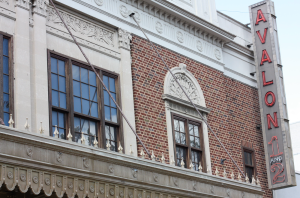“Puss in Boots: The Last Wish” Challenges Animation Norms With Complex Themes
Premiering over a decade after the last installment in the Shrek franchise, the Puss in Boots spin-off trilogy made its second appearance in theaters on Dec. 21, 2022 with “Puss in Boots: The Last Wish.”
Although the production grossed the lowest compared to the rest of the franchise — capping off its box office run at $458 million, compared to “Shrek 2” at nearly $1 billion — it is the highest reviewed, with critics raving about its stellar vocal performances, ambitious storytelling and fearlessness in teaching younger audiences multi-faceted morals that stretch beyond that of typical children’s animation. That is not to say that “Puss in Boots: The Last Wish” is a movie strictly for children, however. Filmmaker Guillermo del Toro, who produced the first installation, noted at the 2023 Golden Globes that “animation is not a genre for kids, it’s a[n artistic] medium.” Del Toro’s message shines through the sequel, which is praised for its ambitious and darker plot that introduces its audience to lessons that resonate beyond the lengths characteristic of family-oriented animation.
With an astounding 95% critics rating and 94% audience approval on Rotten Tomatoes, it is no doubt that “Puss in Boots: The Last Wish” is now the most critically-acclaimed film in the Shrek franchise. Its most promising aspect, critics argue, is its drastic rebrand to feature an eye-catching, sketchy art style, heavily influenced by movies such as “Spider-Man: Into the Spider-Verse,” which pioneered the cartoonish combination of highly-detailed yet low-frame-rate “2.5D” animation.
Perhaps even more hailed, however, is its masterful and thoughtfully-developed lineup of heroes and villains, all working in tandem to craft a deep, moving story unafraid to confront dark topics head-on.
“There are darker tones in this,” director Joel Crawford explained to Variety, referencing Puss’ battles with death, his depleting self-worth and his ongoing identity crisis as he struggles with living up to the legend he strives to be.
Throughout the film, characters die, fight and bleed, and during the climax of the film, Puss fends for his life in a ring of fire against the physical manifestation of death itself. These traditionally “scary” depictions are both used to offer more poignant lessons for youth about life and death, as well as challenging what is deemed “appropriate” for animated films to present to general audiences.
Most often referenced as a groundbreaking moment in the film is a scene where Puss suffers from a panic attack in the middle of the forest, for which Crawford and his team worked diligently to depict as carefully and realistically as possible.
“It was a natural point to arrive at,” Crawford noted, “where his anxiety [and] his fears built to a boiling point where he couldn’t physically handle it anymore, and he’s almost forced to ask for help.”
Crawford said the animators utilized “every tool [they] could” to express Puss’s vulnerability, illustrating the impactful message that fearless heroes, too, can cry and be overwhelmed with stress.
“Puss in Boots: The Last Wish” offers stellar performances, a unique art style and a revolutionary script that make the film a triumph for PG animation.
Your donation will support the student journalists of Sidwell Friends School. Your contribution will allow us to purchase equipment and cover our annual website hosting costs.

Deanna Paukstitus is currently a Culture Editor for Horizon. Prior to this, she worked as a Staff Writer for the newspaper.





